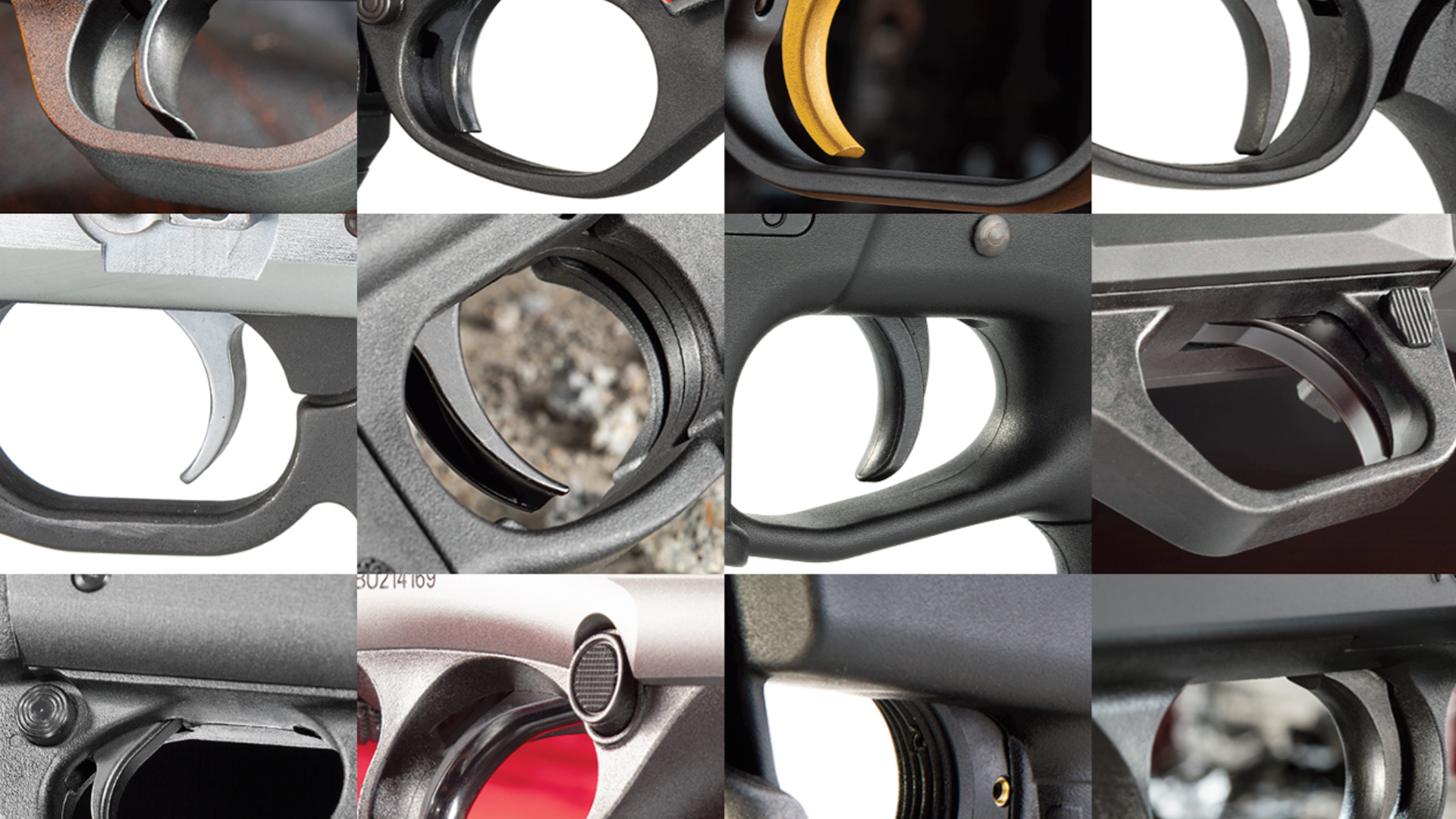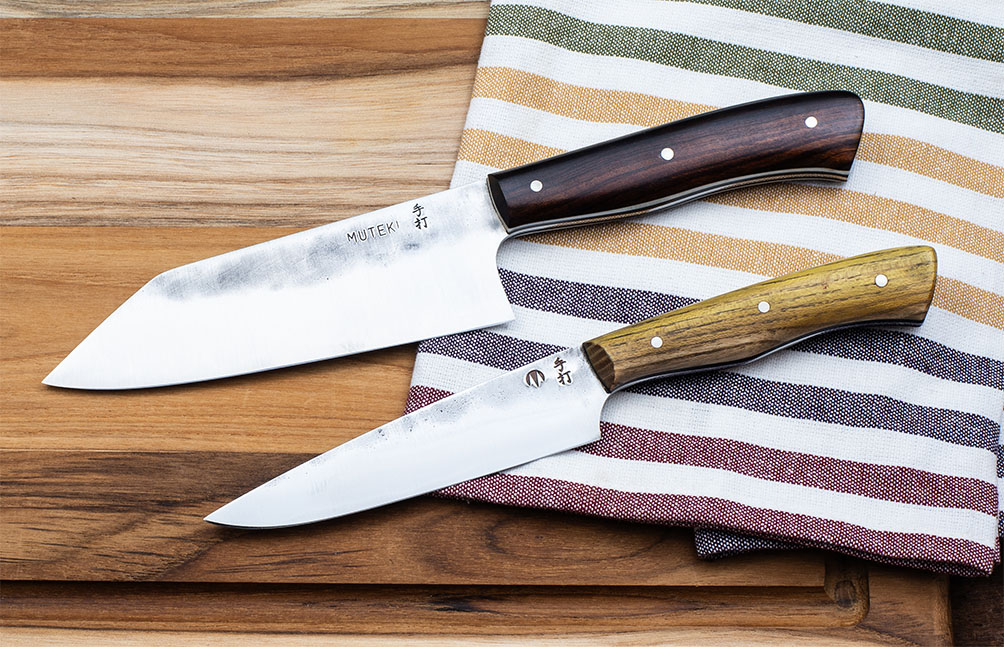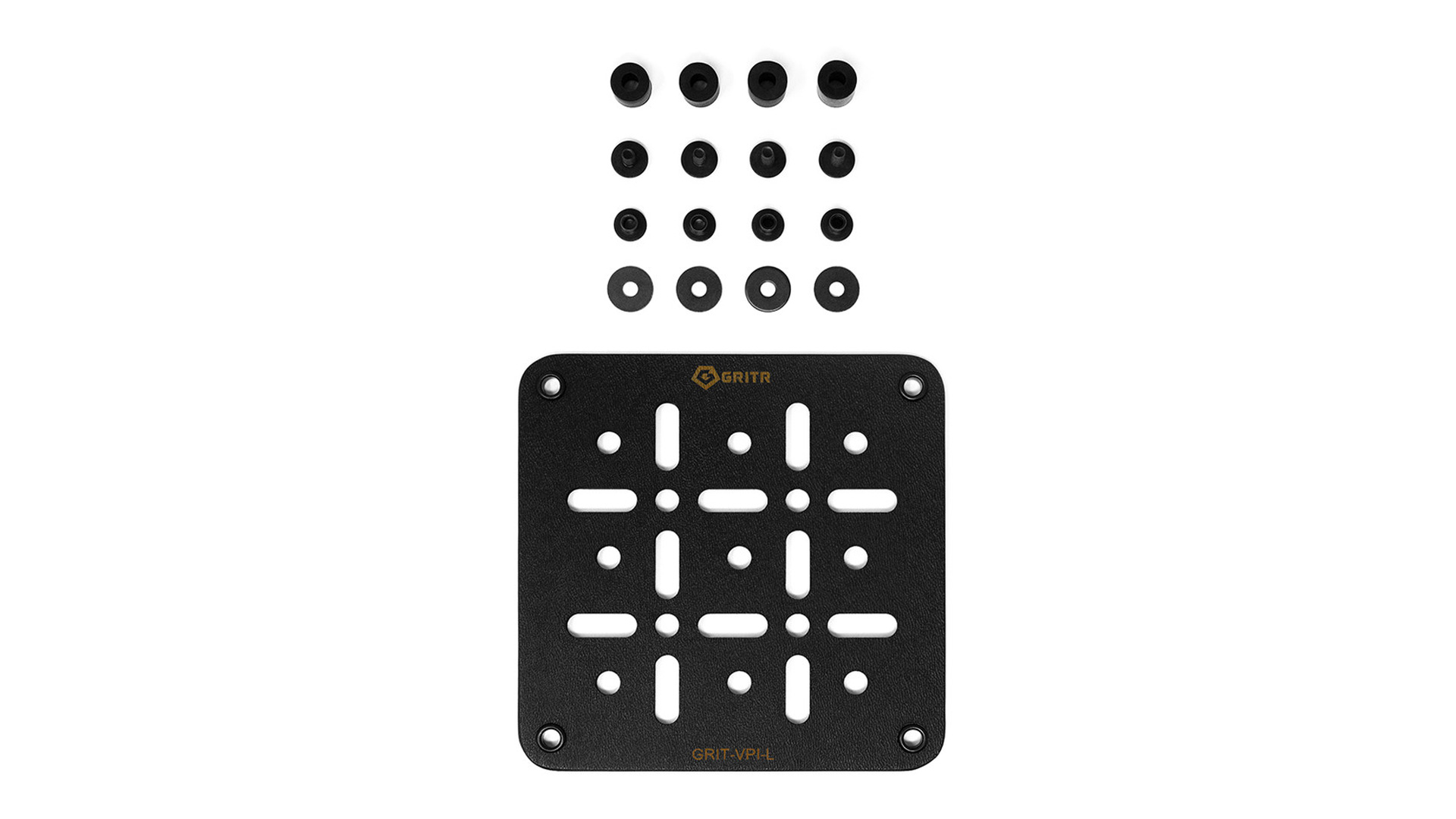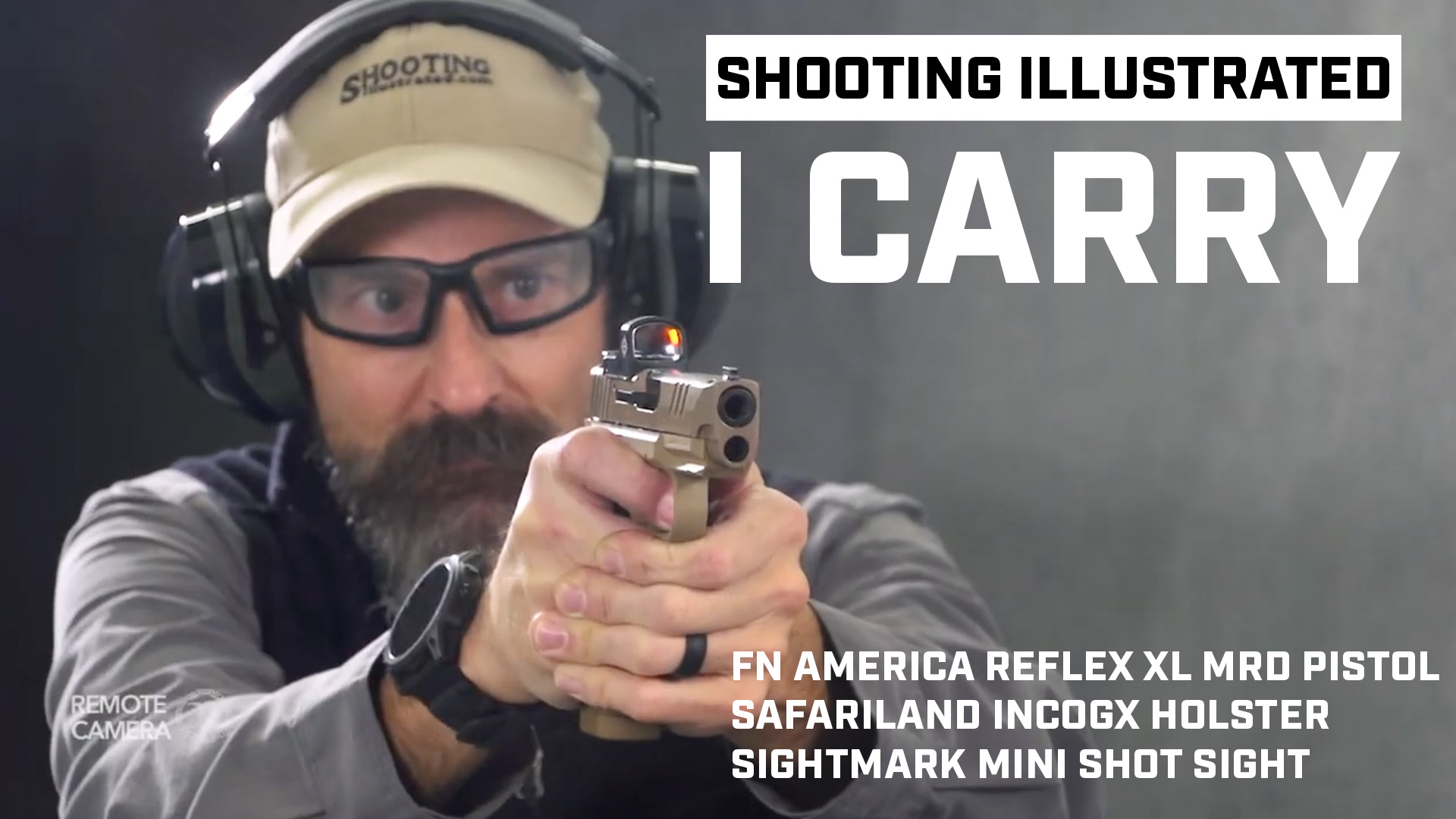Trigger Effect

Everyone knows that the quality of shotgun triggers is typically inferior to that of rifles. My personal data gleaned from years of trigger-pull-weight testing indicates that modern rifles average roughly 5 pounds of pull weight while shotguns average 6.5, though that 6.5 pounds often feels much heavier than it actually is due to the amount of creep found within. Long, stiff triggers—aka bad triggers—are especially notorious in inexpensive semi-automatic shotguns.
Why is this? There are three primary reasons.
Historically, shotguns were almost exclusively meant for wingshooting, a shooting sport that mandates the gun must be moving to hit the target. Wingshooters used to be taught to “slap” the trigger rather than to methodically pull it at the exact moment when the brain perceives the barrels are correctly positioned to hit the moving target. The significant force of the shotgun being actively swung by the shooter largely supersedes the much lesser force applied to the trigger by the trigger finger. Basically, a stiff trigger doesn’t seem to affect wingshooters all that much—or perhaps they just didn’t really notice it through all the motion and recoil—and so few complained. Therefore, manufacturers of mass-produced shotguns rarely gave much effort in producing better triggers.
Second, the tremendous amount of recoil produced by shotguns compared with most rifles concerned shotgun manufacturers who tend to lean toward the cautious, less-liability side with their products, many of which wind up in the hands of novices. Manufacturers, or at least their legal teams, tend to be concerned that recoil could possibly cause a shooter to inadvertently pull the trigger again as the body unconsciously rebounds from recoil, sending the gun forward into a still-curved trigger finger. Those same legal teams were also concerned about the recoil of the first shot causing the second hammer (on double-trigger shotguns) to fall if the trigger/sear system wasn’t built robustly enough.
Third, inexpensive, mass-produced shotguns do not often feature trigger mechanisms and sears that have undergone an extra level of polishing to reduce friction between the two. This extra step would result in a lightened trigger, but it would also add cost.
As a result, most shotgun triggers were notoriously poor, and that legacy lives on today. But, it’s a shame that it does, because shotgun shooters as a whole would greatly benefit from better triggers. Provided the gun remains safe, I’ve never met a shotgunner who proclaimed, “Jeez, I wish this trigger were heavier.”
Indeed, the more the shotgun is used like a rifle—in other words, the more it is aimed at grounded targets such as in tactical situations—the more the shooter would benefit from a lighter, better-quality trigger. Assuming the shooter’s fundamentals are sound, a lighter trigger with less creep means less movement of the gun as it is fired, thereby enhancing accuracy.
When shooting a pattern of birdshot at 40 yards through an Improved Cylinder choke, any slight gun movement caused by pulling the trigger may not be a big deal; but when shooting buckshot at 7 yards where the pattern might be just 3 inches in diameter, a bad trigger that is not pulled with precision could mean a miss. Obviously, a good trigger is even more critical when shooting slugs.
For these reasons, if your home-defense shotgun’s trigger feels concerningly heavy (anything greater than 6.5 pounds as measured by a trigger gauge should be considered heavy) or features an overbearing amount of creep, I recommend either buying an aftermarket trigger kit from a reputable manufacturer or taking your shotgun to a licensed gunsmith for custom trigger work. A practical test to help determine if your shotgun trigger should be improved is to aim at a faraway object and dry fire. If you notice your barrel moving dramatically in relation to the target during the trigger pull, you will probably benefit from a better trigger. However, if you don’t plan on shooting slugs, and you never notice any accuracy issues while practicing with your home-defense loads of choice on the range, chances are you don’t need a new trigger.
Penty Wheeler is a second-generation gunsmith from Tishomingo, OK, which is home to the renowned Murray State College Gunsmithing School, and he says, “It depends on the make and model of the fire-control system, but typically a high pull weight is a hammer-and-sear issue. And, most any gun that has a traditional hammer and sear can be lightened by taking a slight bit of the angle away or changing the angle of [hammer/sear] engagement. In some cases, it’s as simple as lightening up a spring or, for newer guns like the Remington 870, just smoothing them up.”
Wheeler said he can usually get most shotgun triggers down to around 4 pounds. He charges $150 plus any parts required.
The other option is to buy either an aftermarket trigger part or a full kit. Timney offers its Remington 870 Trigger Fix kit for $125. It consists of a new sear and three springs of varying tensions from which to choose. Briley makes its Match Trigger systems for some Benelli, Franchi, Stoeger, Beretta and Remington semi-autos. The product itself costs $295, and your trigger group must be removed from your shotgun and mailed to Briley for installation.
As when making any change to your home-defense gun, time and diligent effort should be given to shooting the shotgun on the range to break in the new part, to become accustomed to it and to make sure it doesn’t negatively affect your gun’s reliability in any way. In my mind, a little more accuracy is not worth a little less reliability.
Do shotgun triggers matter? Yes, they do. Shotgun manufacturers should sell their guns with better triggers. But until then, it’s up to you to better your trigger if you feel it’s dragging you down.







